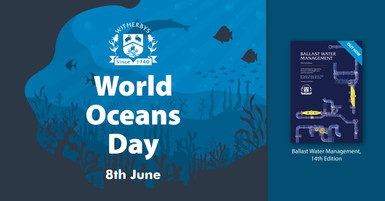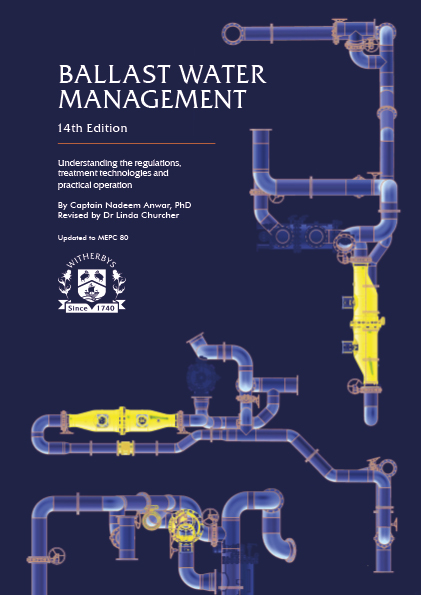Posted by Dr Linda Churcher on 7th Jun 2024
World Oceans Day 2024
The United Nations World Ocean Day was celebrated on Friday 7th June this year with the theme to ‘Awaken New Depths’. The aim has been to awaken new depths of understanding, compassion, collaboration and commitment for the ocean and all it sustains.
“The ocean is the largest solar energy collector on Earth” (NOAA) and deep ocean waters are essential to stabilising Earth’s climate over long periods of time. Rising sea temperatures are a particularly concerning consequence of rising levels of anthropogenic atmospheric greenhouse gas (GHG) emissions. The temperatures within the upper layers of ocean waters have increased significantly over the last 50 years and this timescale allows little scope for biological adaptation. As the ocean temperatures are changing, species that were once thriving in certain areas can come under considerable stress, either directly or indirectly through habitat loss. For example, rising sea temperatures could lead to the redistribution of fish populations and affect the global fishing sector, and the profitable and expanding ecotourism sector could be adversely affected by increased incidents of coral bleaching or the melting of polar ice.
It is well recognised that some aquatic organisms, transported to new habitats beyond their usual native range in the ballast water of ships operating internationally, have established and become nuisance species in that new environment. For example, the zebra and the quagga mussels are both invasive freshwater mussels that have spread throughout North America and are native to the Black Sea region. The establishment of invasive aquatic non-indigenous species (NIS) has led to significant economic, cultural and environmental costs in many areas. Generally, NIS are robust and adaptable and this enables them to be successful invaders in new habitats. However, if the native species are under stress, this will increase the opportunity for the establishment of invasive NIS.
The threat of aquatic invasive NIS in ships’ ballast water was recognised in the 1980s and limited regional legislation was put in place to restrict the effects. A key achievement in global environmental protection was the entry into force in 2017 of the IMO’s ‘International Convention for the Control and Management of Ships’ Ballast Water and Sediments, 2004 (BWM Convention)’. The 20 years since the adoption of the BWM Convention in 2004 have been filled with sustained and complex discussions and decision-making, considerable technological development and innovation, and a widespread education programme to enable the goals of the BWM Convention to be met.
Disinfecting ballast water so that potentially invasive NIS do not survive transport within a ship’s ballast tanks has been a difficult issue to solve. The complexities include making sure that the action of solving the problem does not inadvertently cause more damage to the environment, the equipment developed for use on board is safe, effective and practical, and that the effectiveness of managing the ballast water can be verified to ensure regulatory compliance.
All these issues and more are covered in ‘Ballast Water Management, 14th Edition - Understanding the regulations, treatment technologies and practical information’ from Witherby Publishing Group.
This comprehensive guide is a valuable resource on the management of ballast water for shipowners, operators and seafarers. It includes:
- The global requirements of the BWM Convention, as well as specific regional requirements, and why this legislation was needed.
- The technological choices for ship compliance with the regulations
- Practical considerations relating
to BWM systems:
- selection
- reporting
- monitoring
- maintenance
- onboard operation
- installation/retrofitting
- selection
- Summary data sheets for the BWM systems that have been approved for operation on board ship to enable compliance with the regulations.
The publication is available to purchase at: https://shop.witherbys.com/ballast-water-management-14th-edition-understanding-the-regulations-treatment-technologies-and-practical-information/
Written by Dr Linda Churcher (Senior technical editor)


